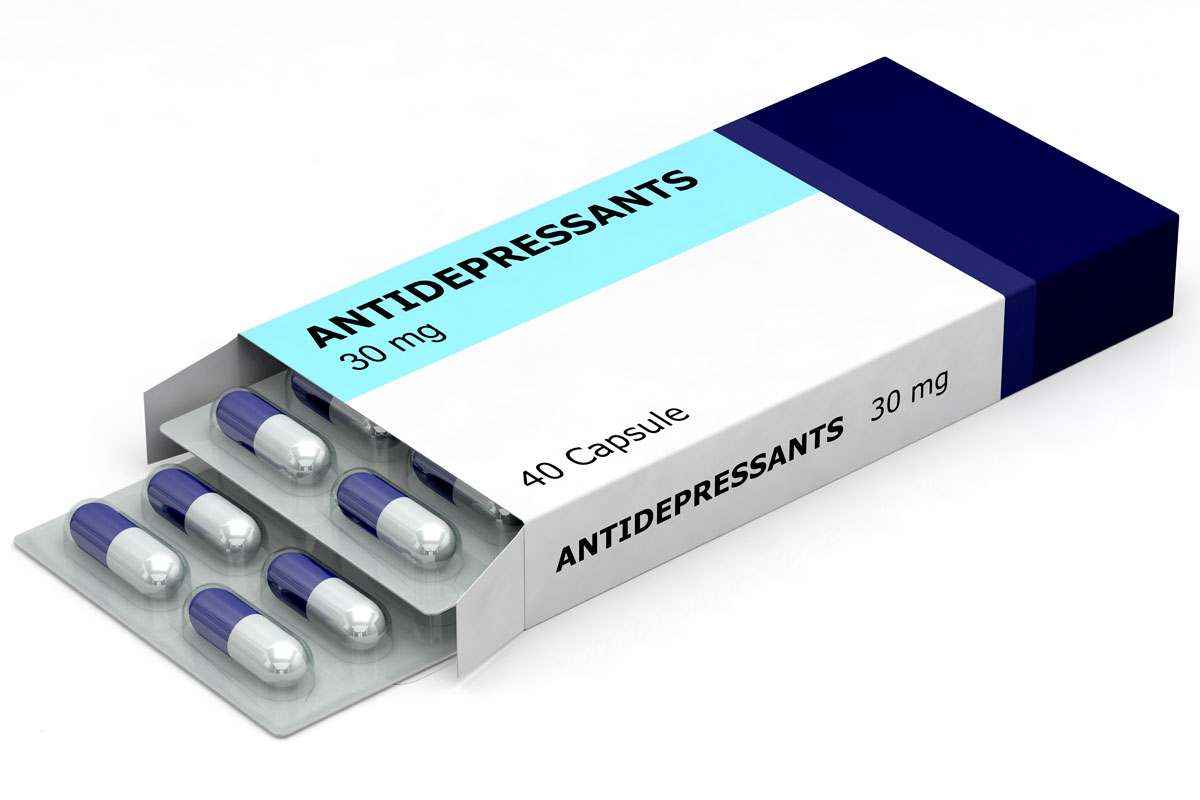
The list below is an alphabetical order list of Malaysian laws which may directly or indirectly affect healthcare in Malaysia. This list will be updated as and when necessary.
References:
MyLawyer.com.my, 2013, viewed 9 February 2013, <http://www.mylawyer.com.my/index.php>
ALPHABETHICAL LIST OF THE LAWS OF MALAYSIA (LOM) WHICH MAY DIRECTLY OR INDIRECTLY AFFECT HEALTHCARE IN MALAYSIA
| No. | LAWS OF MALAYSIA (LOM) |
|---|---|
| 1 | Births and Deaths Registration Act 1957 (Revised 1983) |
| 2 | Care Centres Act 1993 |
| 3 | Census Act 1960 (Revised 1969) |
| 4 | Child Act 2001, Act 611 |
| 5 | Child Care Centre Act 1984 |
| 6 | Child Protection Act 1991 |
| 7 | Children and Young Persons Act 1947 |
| 8 | Computer Crimes Act 1997 |
| 9 | Dangerous Drugs Act 1952 (Revised 1980) |
| 10 | Dangerous Drugs (Forfeiture of Property) Act 1988 |
| 11 | Dental Act 1971 |
| 12 | Destitute Persons Act 1977 |
| 13 | Destruction of Disease-Bearing Insects |
| 14 | Digital Signature Act 1997 |
| 15 | Drug Dependants (Treatment and Rehabilitation) Act 1983 |
| 16 | Employees’ Social Security Act 1969 |
| 17 | Evidence Act 1950, Section 90A |
| 18 | Fees Act 1951 (Revised 1978) |
| 19 | Human Tissues Act 1974 |
| 20 | Malaysian Health Promotion Board Act 2006 |
| 21 | Medical Act 1971 |
| 22 | Medical Assistants (Registration) Act 1977 |
| 23 | Medicines (Advertisement and Sale) Act 1956 (Revised 1983) |
| 24 | Mental Health Act 2001 (Not yet in force) |
| 25 | Midwives Act 1966 (Revised 1990) Military Manoeuvres Act 1983 |
| 26 | National Archives Act 1966 |
| 27 | National Archives Act 2003 |
| 28 | National Registration Act 1959 (Revised 1972) |
| 29 | Nurses Act 1950 (Revised 1969) |
| 30 | Occupational Safety and Health Act 1994 |
| 31 | Optical Act 1991 |
| 32 | Personal Data Protection Act 2010 |
| 33 | Pesticides Act 1974 |
| 34 | Private Healthcare Facilities and Services Act 1998 |
| 35 | Private Hospitals Act 1971 ( Repealed by Act 586 ) |
| 36 | Registration of Births and Deaths (Special Provisions) Act 1975 |
| 37 | Registration of Pharmacists Act 1951 (Revised 1989) |
| 38 | Sale of Drugs Act 1952 (Revised 1989) |
| 39 | Sale of Drugs Act 1952 (Revised 1989) |
| 40 | Sewerage Services Act 1993 |
| 41 | Telemedicine Act 1997 (Not yet in force) |






























